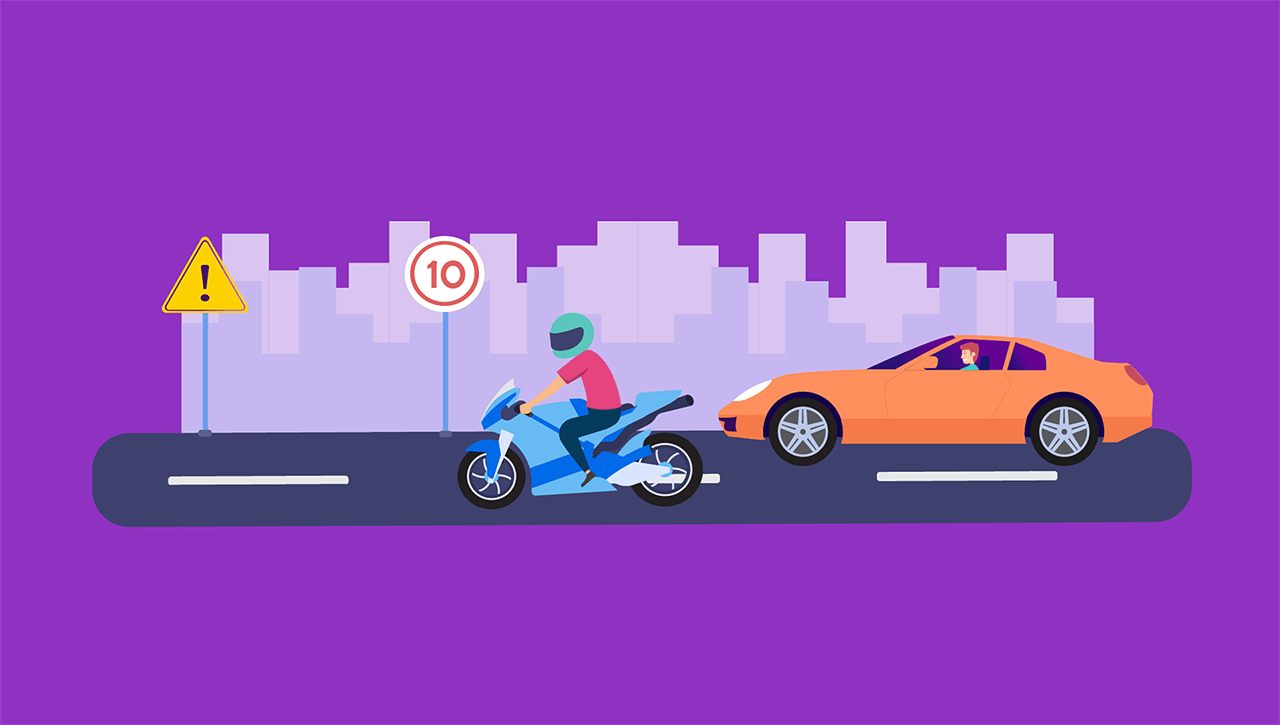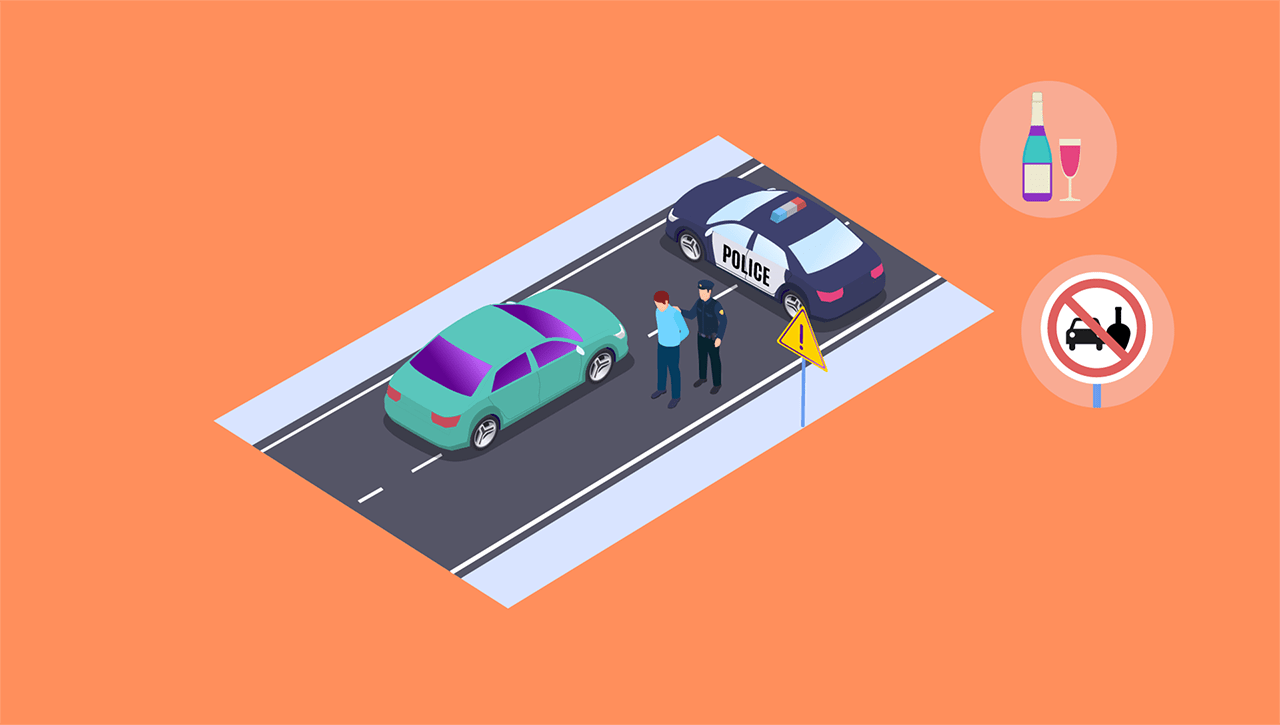Learn types of intersections | Complete Guide to 12 Types
By Umm e Hani on Apr 24, 2024Contents
Road intersections are where different roads converge, creating a complex network of pathways for vehicles. Navigating these junctions safely is crucial for preventing accidents and ensuring a smooth flow of traffic. In this blog, we will highlight the 12 most common types of intersections.
12 Different Types Of Intersections
1. Four-way Intersections
Four-way intersections, where two perpendicular roads meet, are the most prevalent type of intersection. When approaching a four-way intersection, always come to a complete stop at the designated stop sign or traffic light. If there is no stop sign or traffic light, yield the right of way to vehicles already in the intersection.
2. Three-way Intersections
Three-way intersections, where three roads converge, require extra caution. It is due to the lack of a perpendicular direction. When approaching a three-way intersection, slow down and check for traffic from all directions. Yield the right of way to vehicles already in the intersection and proceed carefully.
3. two-Way Intersections
2-way intersections are also called two-way stop intersections. In this intersection, vehicles must come to a complete stop at the stop signs before entering the intersection. Vehicles must yield the right of way to vehicles already in the intersection. Vehicles must yield the right of way to pedestrians and cyclists.
When approaching a 2-way intersection, drivers should slow down and check for traffic in all directions. They should also be prepared to stop at all stop signs. And yield the right of way to vehicles already in the intersection.
4. Roundabouts
Roundabouts are circular junctions with traffic flowing in one direction around a central island. They are designed to improve traffic flow and reduce accidents. To enter a roundabout, yield to traffic already circulating. Once you enter, maintain a steady speed and signal your intention to exit.
5. T-intersections
T-intersections, where a minor road meets a major road at a right angle, can be tricky to navigate. When approaching a T-intersection from the minor road, come to a complete stop. And yield the right of way to traffic on the major road. Proceed cautiously when entering the major road.
6. Crosswalks
Crosswalks are designated areas for pedestrians to cross the road. They require motorists to yield the right of way to pedestrians. When approaching a crosswalk, slow down and be prepared to stop. Look for pedestrians signaling their intention to cross and stop if necessary.
7. School Zones
School zones, areas surrounding schools, require extra vigilance from motorists due to the increased presence of children. Reduce speed, be alert for pedestrians and children crossing the road. And watch for school buses loading and unloading students.
8. Railroad Crossings
Railroad crossings, where roads intersect with railroad tracks, demand cautious attention. Always come to a complete stop at the designated stop sign or traffic signal before proceeding. Look for flashing lights and listen for warning bells before crossing.
9. Construction Zones
Construction zones, areas where road work is being done, require motorists to exercise extreme caution. Follow traffic signs and signals, reduce speed, and be prepared for sudden changes in traffic patterns.
10. Emergency Vehicle Intersections
When approaching an intersection with emergency vehicles present, pull over to the side of the road. And stop with your hazard lights on. Allow emergency vehicles to pass through the intersection without obstruction.
11. Intersections with Limited Visibility
Intersections with limited visibility, such as those with overgrown vegetation or sharp curves, require extra caution. Slow down, proceed with caution, and use your horn to alert other motorists of your presence.
12. Y Intersection
Y intersections are also called three-way intersections. This is where three roads meet at the intersection. The right-of-way at intersection rules are the same as those for standard four-way intersections. The vehicle that arrives at the intersection first has the right-of-way. However, there is no perpendicular direction in a Y intersection, so drivers must be extra cautious when approaching the intersection.
Tips for Safe Intersection Navigation
- Always wear your seatbelt.
- Avoid distractions while driving, such as using your phone or eating.
- Stay alert to the actions of other motorists and pedestrians.
- Use your turn signals to indicate your intentions to other drivers.
- Be patient and avoid aggressive driving behaviors.
That’s A wrap!
By following these safety tips, you can help to prevent accidents at intersections and other areas of the road. Remember to always be alert, drive defensively, and yield to other vehicles and pedestrians.
Before we wrap up this blog, let’s answer to the most frequently asked questions about intersections:
FAQ
What Is An Intersection?
An intersection is a point where two or more roads meet. Intersections can be controlled by traffic signals, stop signs, or yield signs. They can also be uncontrolled, where there are no traffic control devices.
What Is An Uncontrolled Intersection?
An uncontrolled intersection is an intersection that does not have any traffic control devices. This means that drivers must use their own judgment to decide who has the right of way.
What Is A Controlled Intersection?
A controlled intersection is an intersection that is regulated by traffic signals, stop signs, or yield signs. These devices help to control the flow of traffic and prevent accidents.
Who Has The Right Of Way At An Intersection?
In general, the vehicle that arrives at an intersection first has the right of way. However, there are exceptions to this rule, such as at intersections with traffic signals or stop signs.
What Should You Do If You Come To An Intersection Without Signs Or Lights?
If you come to an intersection without signs or lights, you should proceed with caution. Slow down and check for traffic in all directions. If there is no traffic, you can proceed through the intersection.
Who Must Yield At T-Intersections?
At a T-intersection, the vehicle on the minor road must yield to the vehicle on the major road. This means that the vehicle on the minor road must come to a complete stop and wait for the vehicle on the major road to pass before proceeding.


